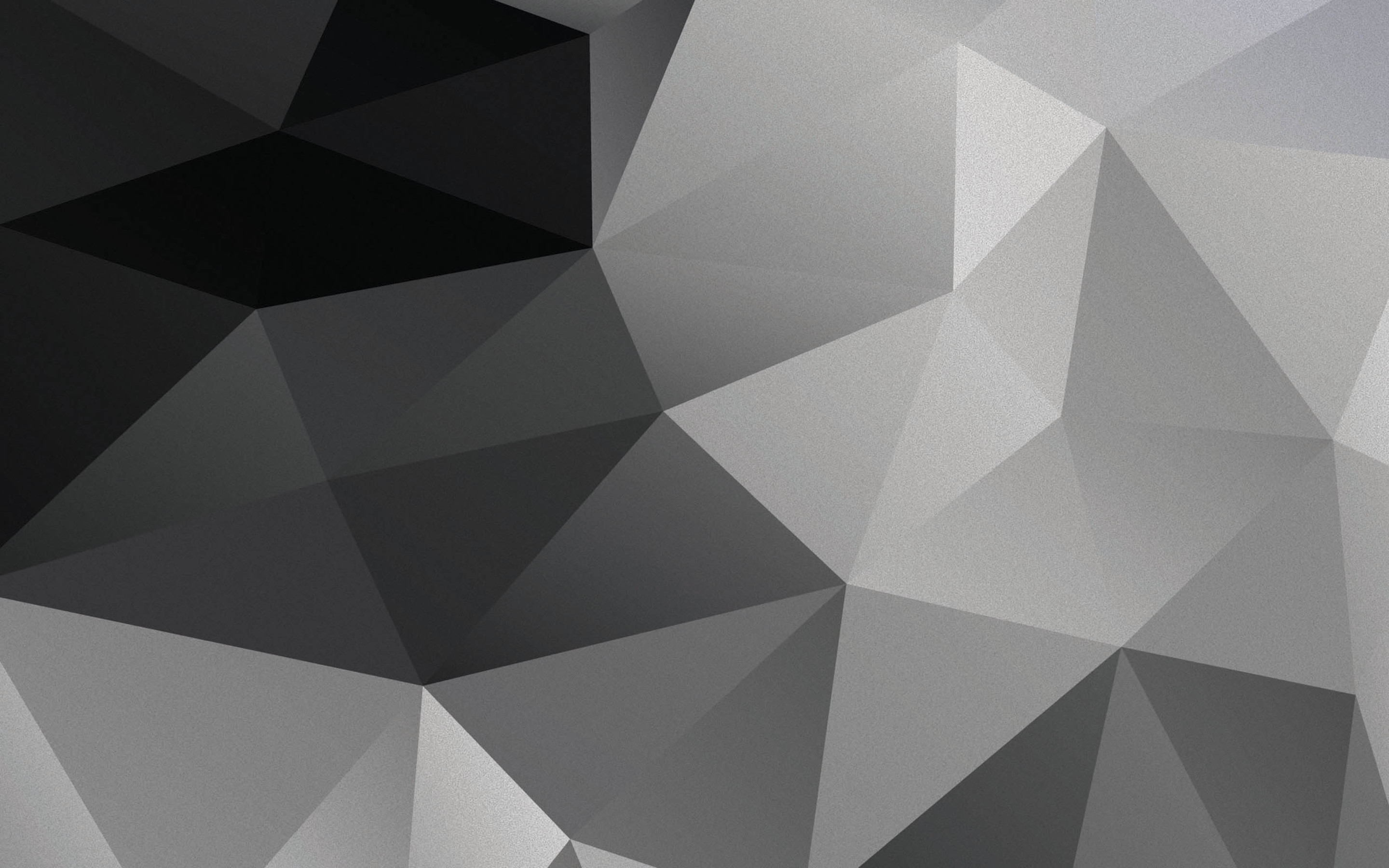Abstract
Simple, Flexible, General
Simultaneously:
- detect objects
- high-quality segmentation mask
Extends Faster R-CNN by: add a branch for predicting an object mask in parallel with existing branch for bounding box recognition.
Simple to train
Introduction
Instance segmentation: Hard because:
- correct detection of all objects (Object Detection)
- segmenting each instance (Object Localization)
GOAL: Classify each pixel into a fixed set of categories without differentiating object instance
- Classification
- Bounding box regression
- (Added) Mask branch-small FCN applied to each Region of interest: Pixel to Pixel manner
RoIAlign
Preserves exact spatial locations.
Large Impact:
- Accuracy improved (10-50%)
- Decouple mask and class prediction: Predict a binary mask for each class independently, without competition among classes. Rely on network’s RoI classification branch to predict the category. FCNs perform per-pixel multi-class categorization
- Fast train and test speed - one or two days to train, 200ms/frame to run
Related Work
- R-CNN: Bounding-box object detection: attend to a manageable number of candidate object regions and evaluate convolutional networks independently on each RoI.
- Faster R-CNN: Advanced this stream by learning the attention mechanism with a Region Proposal Network(RPN).
- Instance Segmentation: Earlier methods: Bottom-up segments - slow and inaccurate
- FCIS-Fully Convolutional instance segmentation Predict a set of position-sensitive output channels fully convolutionally.
- Mask R-CNN is based on an instance-first strategy.
Mask R-CNN
Adding a third branch that ouputs the object mask.
Additional mask output is distinct from the class and box outputs, requiring extraction of much finer spatial layout of an object.
Key elements
Faster R-CNN
consists of two stages.
- RPN
- Extraction of features using RoIPool from each candidate box and performs classification and bounding box regression.
Mask R-CNN
Adopts the same two stage procedure.
- Identical RPN
- Also simultaneously outputs a binary mask for each RoI.
Define a multi-task loss on each sampled RoI as [ L = L_{cls} + L_{box} + L_{mask} ]
- The mask branch has a $Km^2$-dimentional output for each RoI, which encodes $K$ binary masks of resolution $m\times m$, one for each of the $K$ classes.
- Apply a pre-pixel sigmoid, and define $L_{mask}$ as the average binary cross-entropy loss.
- For an RoI associated with ground-truth class $k$, L mask is only defined on the $k$-th mask (other mask outputs do not contribute to the loss). This allows the network to generate masks for every class without competition among classes. In other words, this decouples mask and class prediction.
Mask Representation
- A mask encodes an input object’s spatial layout.
- Predict an $m\times m$ mask from each RoI using an FCN. This allows each layer in the mask branch to maintain the explicit $m\times m$ object spatial layout without collapsing it into a vector representation that lacks spatial dimension.
- Fewer parameters, more accurate
- This pixel-to-pixel behavior requires RoI features to be well aligned to faithfully preserve the explicit per-pixel spatial correspondence.
RoIAlign
A standard operation for extracting a small feature map from each RoI.
- First, RoIPool quantizes a floating-number RoI to the discrete granularity of the feature map.
- Second, subdivide quantized RoI into spatial bins.
- Finally, aggregate feature values covered by each bin.
Quantization is performed, e.g., on a continuous coordinate $x$ by computing $[x/16]$, where 16 is a feature map stride and $[\cdot]$ is rounding; quantization is performed when dividing into bins (e.g. $7\times 7$). Thus they introduce misalignments between the RoI and extracted features. It has a large negative effect on predicting pixel-accurate masks.
RoIAlign layer: removes the harsh quantization of RoIPool, properly aligning the extracted features with the input. Proposed change:
- Avoid any quantization of the RoI boundaries or bins (i.e., use $x/16$ instead of $[x/16]$).
- Use bilinear interpolation to compute the exact values of the input features at four regularly sampled locations in each RoI bin
- Aggregate the result (max or average)
We note that the results are not sensitive to the exact sampling locations, or how many points are sampled, as long as no quantization is performed.
Network Architecture
Differentiate between:
- the convolutional backbone architecture used for feature extraction over an entire image
- the network head for bounding-box recognition and mask prediction that is applied separately to each RoI.
Denote the backbone architecture using the nomenclature network-depth-features
- Feature Pyramid Network (FPN): top-down architecture with lateral connections to build an in-network feature pyramid from a single-scale input. Form different levels of the feature pyramid according to their scale.
- The rest is similar to vanilla ResNet
Using a ResNet-FPN backbone of feature extraction with Mask R-CNN gives excellent gains in both accuracy and speed.
- Network Head: extend the faster R-CNN box heads from the ResNet and FPN papers. (5-th stage of ResNet)
- All convs are $3\times 3$, except the output conv is $1\times 1$.
- Deconvs are $2\times 2$ with stride 2
- ReLU used in hidden layers.
Implementation Details
Hyper-parameters following existing Fast/Faster R-CNN work.
-
Training
- An RoI is considered positive if it has IoU with a groupd-truth box of at least 0.5 and negative otherwise. $L_{mask}$ is defined only on positive RoIs. The mask target is the intersection between an RoI and its associated ground-truth mask.
- Image-centric training. Scale images such that their scale (shorter edge) is 800 pixels.



Leave a Comment